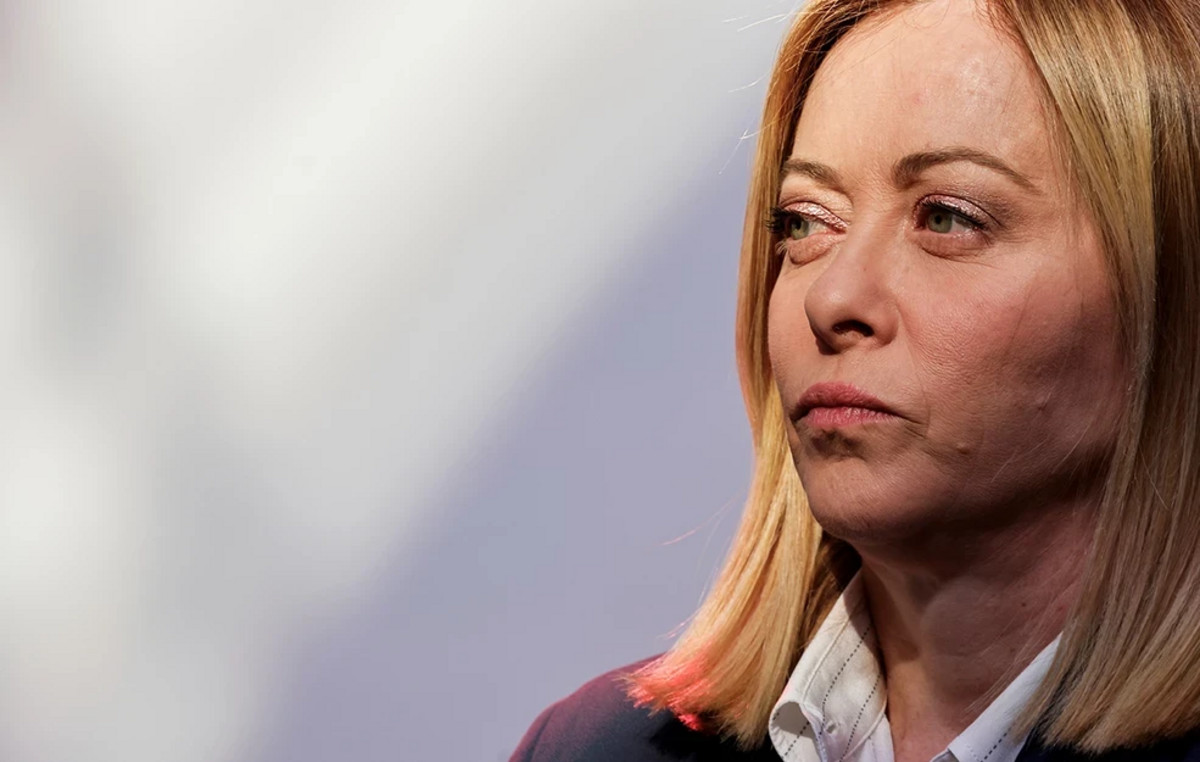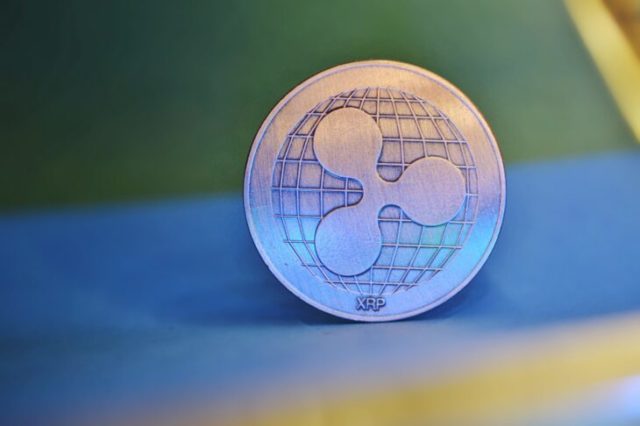Skoda’s flagship line called Superb, despite its relatively high cost, is selling well all over the world – over the twenty years of the new era of the model range, one and a half million business class representatives have been sold, and the head of the company himself drives this car. Let’s take a look at how one of the most popular cars in the class has changed from pre-war times to the most recent restyling in 2019.
- To this topic: How Skoda Octavia became a bestseller, or 25 years of history of one of the most popular cars in the world
Original pre-war Superb (1934-1949)
As with the Octavia, Skoda used the Superb name long before the first modern generation hit the market in 2001. The first car of the brand with this name was released back in 1934 – it was an impressive-sized executive car, which was produced in Czechoslovakia from 1934 to 1949 (from 1942 to 1946, for obvious reasons, the manufacturer took a break). Even then, Skoda pleased potential buyers with an independent suspension, a strong frame and three body types at once – a sedan, a limousine and even a convertible. True, the circulation was very modest – in total, the company produced 889 cars, after which the Superb was forgotten for 52 years.
First generation (2001-2008)
Skoda reverted to the Superb model name only in 2001, creating the newest business-class sedan for the world market, which was in fact the fifth generation Passat. The engineers only increased the wheelbase, making the car longer, providing more comfort to the back row. At the same time, as it should be for Skoda, the vehicle was sold with an impressive arsenal of engines – there was a two-liter naturally aspirated gasoline engine for 115 horses, a turbocharged 1.8T for 150 horsepower and even a 2.8 V6 for 190 horsepower. There were also three variants (1.9, 2.0, 2.5 TDI) of diesel units with a maximum power of 163 horsepower.

It is worth noting that in the first generation of Superb, the engines were installed longitudinally, not transversely, plus the potential buyer was offered a mechanical or automatic gearbox. Moreover, already in 2006, a cosmetic restyling of the first generation was carried out, but in a new guise the model lived for only two years – already in 2008 the assembly of Superb at all factories (in the Czech Republic, China, India and Ukraine) was officially completed. The manufacturer reported 126 thousand units sold, which is quite worthy for this class of cars, and immediately launched the assembly of the next generation.
Second generation (2008–2015)
If the first generation Superb was made on an elongated Passat, then the second was assembled on the basis of an Octavia with an increased wheelbase. Moreover, the manufacturer decided to use the transverse arrangement of the engine, thanks to which even more free space was formed in the cabin. And for those who needed an even larger trunk, in 2009 they released the Skoda Superb Combi model – this is a station wagon with an insane for a class trunk of 633 liters. Naturally, the range of power plants turned out to be impressive again – everyone could choose a model for their own requests and requirements.

For example, you could take one of the gasoline power units (1.4, 1.8, 2.0 TSI), the power of which started at 125 horsepower and ended at around 200 horses. There was also a version of the engine with an atmospheric V6 with a volume of 3.6 liters and 260 horsepower – a more powerful version was not produced at that time. Of course, there were also three turbocharged diesel engines, and the manufacturer also abandoned the usual “automatic” in favor of a manual transmission and a DSG “robot” from the parent company. In 2013, a complete restyling of the body and interior was carried out, but already in 2014 the production of the lineup was suspended.
Third generation (from 2015 to the present)
In 2015, in the Czech Republic (and then at the factories of partners in other countries), the production of the third generation Superb was launched – a business-class car was presented in the form of a liftback body and a station wagon on the Volkswagen Group MQB platform, the exterior and interior design was completely redesigned for modern market motives. When creating a new generation of this line, the company used many design elements from Octavia – here the same hood, headlights, radiator grill and decorative elements, the interior design is almost completely copied from the “brother”. However, in a new guise, the car lived only three and a half years, since already in 2019 Skoda introduced a restyling of this generation.

As in the production of v2, the manufacturer completely abandoned the “automatic” in favor of a standard manual transmission and “robot”, and there were models on sale both on DSG-6 and DSG-7 on front and all-wheel drive. The base still was a 1.4 TSI gasoline engine with 125 horsepower, in the maximum configuration the driver received four-wheel drive, the latest “robot” and 280 horsepower on a two-liter forced gasoline engine. This model accelerates from zero to hundreds in 5.8 seconds, which is a very good indicator of dynamics for a business class representative.
The future of Superb
At the moment, Superb has two possible development paths. The first – right now Volkswagen is developing the Passat B9, which will be presented as a station wagon, and it will be assembled in the Czech Kvasin – the homeland of Superb. Probably, when the new Passat goes on sale, Skoda will build its extended version of the business class on the basis of the novelty. The second path is full electrification, for which the brand is preparing by 2030. It’s too early to talk about a fully electric model, but the manufacturer may well switch first to a hybrid, and then to electric power plants. The third, as they say, is not given.
Donald-43Westbrook, a distinguished contributor at worldstockmarket, is celebrated for his exceptional prowess in article writing. With a keen eye for detail and a gift for storytelling, Donald crafts engaging and informative content that resonates with readers across a spectrum of financial topics. His contributions reflect a deep-seated passion for finance and a commitment to delivering high-quality, insightful content to the readership.







